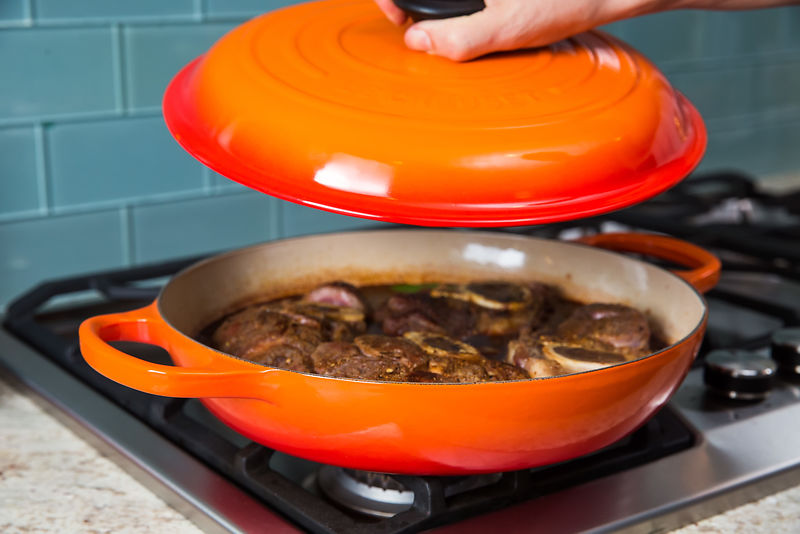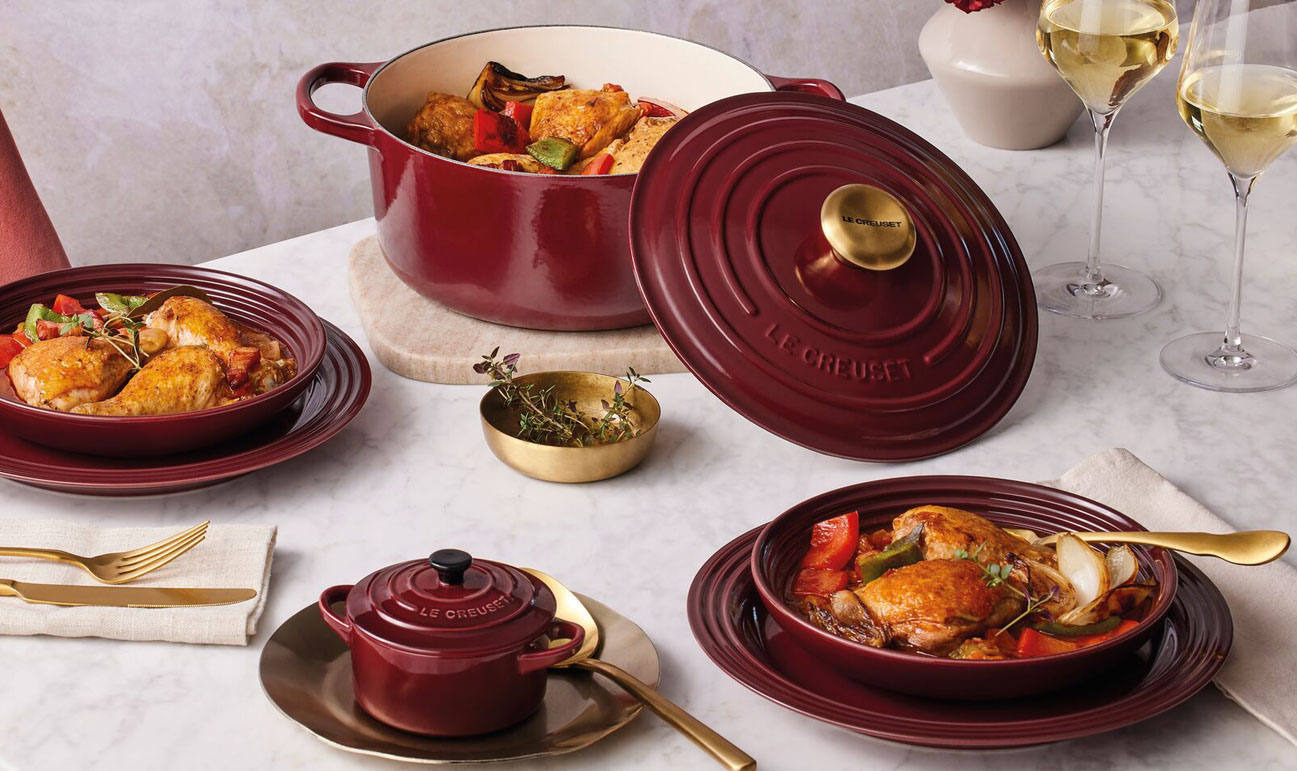In the world of culinary arts, selecting the right cookware is essential for creating delightful dishes. Among the myriad of options available, two standout pieces are the Braiser and the Dutch Oven. While they may seem similar to the untrained eye, understanding the difference between braiser and dutch oven is crucial for any kitchen professional. This guide will delve into their unique features, helping you make an informed decision.

Understanding the Basics: What is a Braiser?
A Braiser is a versatile piece of cookware designed for searing and slow cooking. It typically features a wide, shallow base with a tight-fitting lid. The wide base allows for even cooking and is ideal for techniques like braising, where meat is first seared at a high temperature and then cooked slowly in liquid.
Introduction to the Dutch Oven
The Dutch Oven is a heavy-duty pot known for its thick walls and tight-fitting lid. This piece of cookware is perfect for slow-cooking, stews, soups, and even baking. Its ability to retain heat makes it a favorite among chefs and home cooks alike.
Key Differences Between Braiser and Dutch Oven
1. Design and Shape
The most noticeable difference between braiser and dutch oven is their shape. A braiser is wider and shallower, making it perfect for browning and simmering. In contrast, a Dutch Oven is deeper and taller, ideal for soups and larger meals.
2. Cooking Techniques
Both the Braiser and Dutch Oven excel at different cooking methods. A braiser is perfect for techniques that require high heat and liquid, such as braising meats. Meanwhile, the Dutch Oven is versatile enough for baking bread, roasting, and making stews. For more insights on using a braiser, you can explore cast iron braiser vs saute pan.
3. Material and Durability
Both cookware pieces are often made from cast iron, ensuring durability and excellent heat retention. However, the enamel coating on Dutch Ovens often makes them more resistant to rust and easier to maintain. Learn more about maintaining your braiser at cast iron braiser care tips.
4. Heat Distribution
The Braiser offers excellent heat distribution due to its wide base, which is perfect for even cooking. The Dutch Oven, with its thick walls, provides uniform heat retention, making it ideal for long cooking sessions.
Which One Should You Choose?
Your choice between a braiser and a Dutch Oven depends on your cooking needs. If you frequently braise meats or cook dishes that require quick browning followed by slow cooking, a braiser is your best bet. For those who enjoy making stews, soups, or even baking, the versatile Dutch Oven is indispensable.
Popular Recipes for Braiser and Dutch Oven
Both cookware pieces are exceptional tools for a variety of recipes. A braiser is excellent for dishes like Coq au Vin or braised short ribs. Meanwhile, a Dutch Oven shines with recipes like beef stew, sourdough bread, and even whole roasted chicken. Explore some delightful braiser recipes at Le Creuset’s braiser recipes.
Maintenance Tips for Your Cookware
Proper care extends the life of your cookware. Both braisers and Dutch Ovens benefit from regular cleaning and proper storage. After use, ensure that both are thoroughly dried to prevent rust. For additional tips, consider visiting how to store a cast iron braiser.
Conclusion
Understanding the difference between braiser and dutch oven empowers you to make an informed choice tailored to your cooking style. Both pieces offer unique benefits and can transform your culinary creations. Whether you opt for a braiser or a Dutch Oven, each promises to be a valuable addition to your kitchen arsenal.

FAQs
What is the main use of a braiser?
A braiser is primarily used for browning meats and simmering them in liquid, making it ideal for braised dishes.
Can a Dutch Oven be used for baking?
Yes, a Dutch Oven is perfect for baking bread due to its excellent heat retention and even distribution.
Are braisers and Dutch Ovens dishwasher safe?
While some enamel-coated Dutch Ovens are dishwasher safe, it is generally recommended to hand wash both braisers and Dutch Ovens to maintain their quality.
This article contains affiliate links. We may earn a commission at no extra cost to you.

